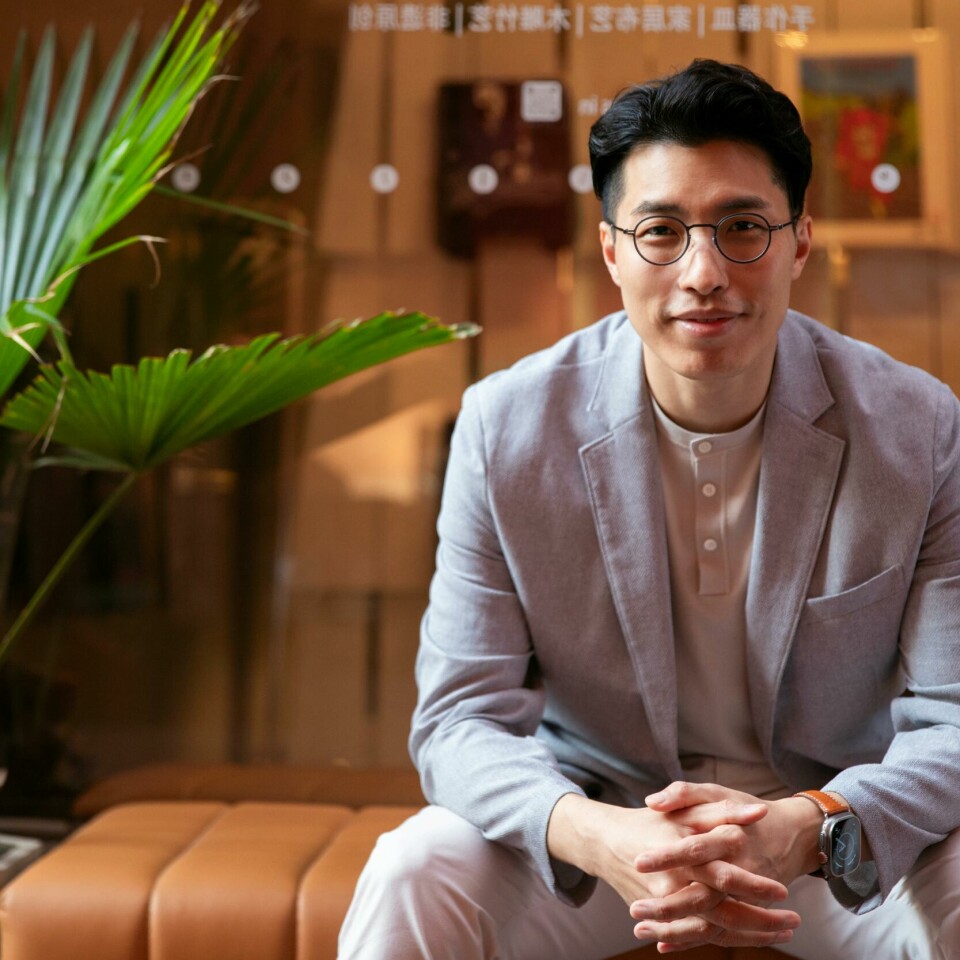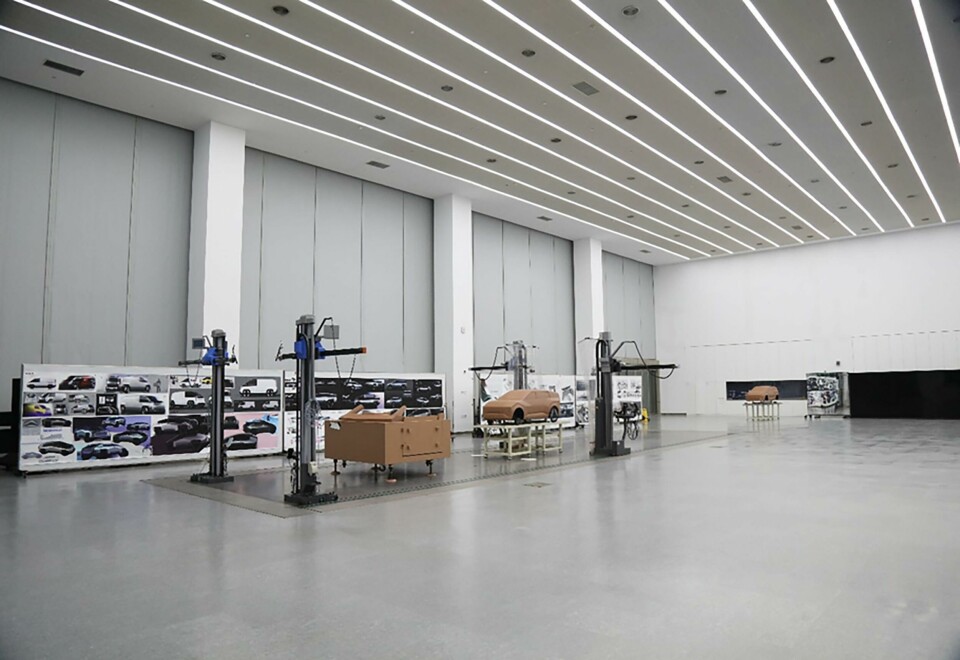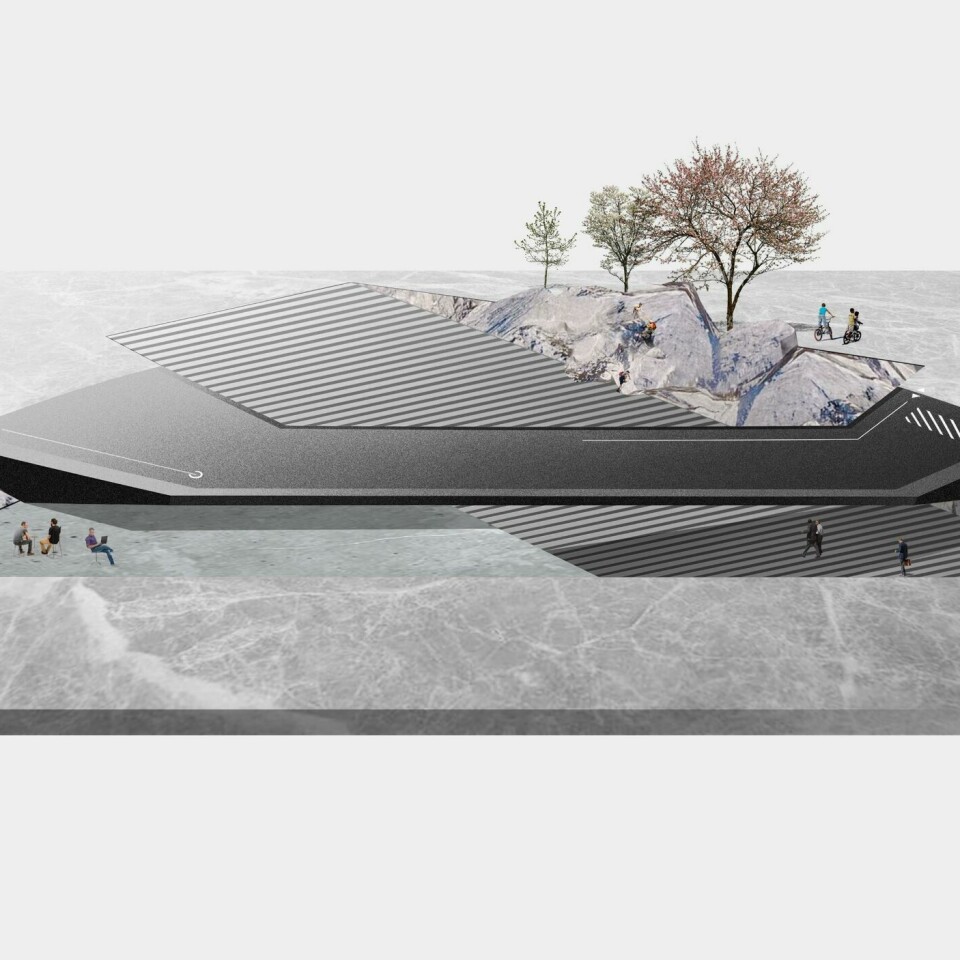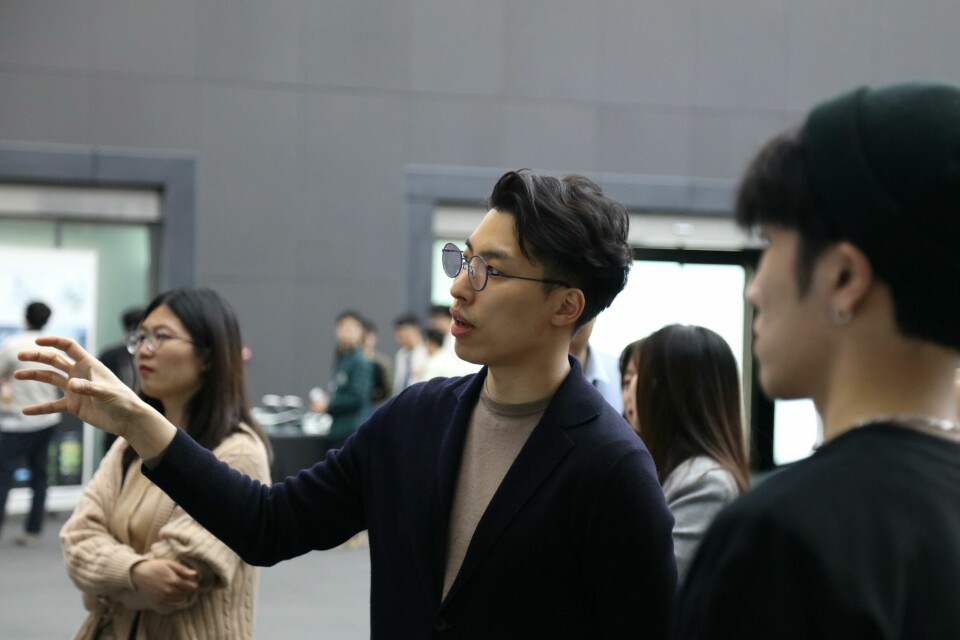
CDR 11: “Car design must evoke human emotions”
Seungmo Lim, head of Kia design China, on balancing AI with human creativity and ensuring brand differentiation
Kia has had a presence in China for a long time. Kia Future Design China, was established in 2012 in Yantai, where we also have a big R&D centre. It’s between Beijing and Shanghai on a peninsula extending towards Korea. So Yantai is very close to South Korea, just about an hour and a half by plane.
From Shanghai to Yantai is also similar. Our Shanghai Kia Future Design China studio was established in 2012, but moved to Xintiandi in 2021. I’m based there, but in charge of both studios. Each studio has roughly 30 people.

The Yantai studio is focused more on the production side because they have physical clay modeling flexibility.
The deep trust and support from management in the design organisation empowers designers to turn their visions into reality swiftly
The Shanghai studio is more focused on advanced programmes and digital in its process. It is in a very good location on the west of Shanghai where all these cool shops, luxury boutiques and supercar dealerships are based. We don’t just work on China- specific models though. We participate equally in design programmes for global cars and advanced programmes in cooperation with the Future Design team in Korea.
Additionally, our designers frequently collaborate with global satellite studios, offering ample opportunities to develop an international sensibility. This culture provides new designers with the inspiration they need to establish their design and leadership skills from the very beginning of their careers. Kia has established a creative and healthy culture within its global design network, supported by leadership that genuinely believes in and endorses.

the design philosophy of ‘Opposites United.’ Designers here have the opportunity to express their visions for the future through design, enjoying fulfilling experiences and growth. Crucially, the deep trust and support from management in the design organisation empowers designers to turn their visions into reality swiftly.
The speed, productivity and low cost of AI tools offer significant advantages for designers. However, these benefits do not always lead to positive outcomes. When too many similar design images are produced in a short time, it can create confusion. Additionally, AI often misinterprets prompts, resulting in more time spent modifying them rather than completing digital sketches using traditional methods.
The potential for growth in design development processes that incorporate AI remains vast and varied
Occasionally, designers may feel compelled to compromise their own designs based on AI suggestions, indicating that design ideas lacking originality struggle to compete with AI. The unique nuances and qualities each designer brings to the development process are crucial, as they can be either maintained or amplified during this phase.
Ultimately, a talented designer is likely to be more successful and efficient in selecting AI outputs. This underscores the importance of having a discerning eye and strong design skills to effectively leverage AI. While there are many precise electronic product-style automotive designs today, car design must evoke human emotions, setting it apart from other industrial designs.

The potential for growth in design development processes that incorporate AI remains vast and varied. Many people have expectations and fears regarding AI’s infinite possibilities but seem somewhat hesitant to actively engage with its applications.
As technologies like prompt- to-video emerge, they can help control costs in visualisation and video production, allowing for more efficient internal design documentation. However, achieving high quality and detailed unique designs still requires human creativity. I also personally look forward to innovations in the human machine interface (HMI), brought about by large language models and changes in interior layouts stemming from enhanced in-car entertainment experiences.
To truly understand humanity means grasping and predicting the desires, perceptions, lifestyles and aspirations of individuals living in the past, present, and future
The design field is currently experiencing fierce competition to minimise investment costs and maximise returns while drastically reducing product development time. In this context, the importance of design is heightened, becoming as crucial for brand differentiation as the speed of operating systems and chips. Designers are increasingly required to understand and utilise technology, often facing dilemmas where the graphics on social media services on small smartphone screens take precedence over the fundamental differences in volume and form of cars.
In Michio Kaku’s book Physics of the Future, he notes that the fundamental desires of people, including the pursuit of beauty, have remained the same from those who painted on cave walls thousands of years ago to modern individuals. Despite changes in time, technology and environment, the essence of ‘being human’ does not change.

Therefore, a designer’s understanding of people is a vital starting point for creating brand differentiation. To truly understand humanity means grasping and predicting the desires, perceptions, lifestyles and aspirations of individuals living in the past, present, and future.
This understanding serves as a principle for presenting a vision filled with future value through design. The design process is not always enjoyable, but I believe that as designers, we can take pride in the meaningful work we do to create a more aesthetically refined and better world.



